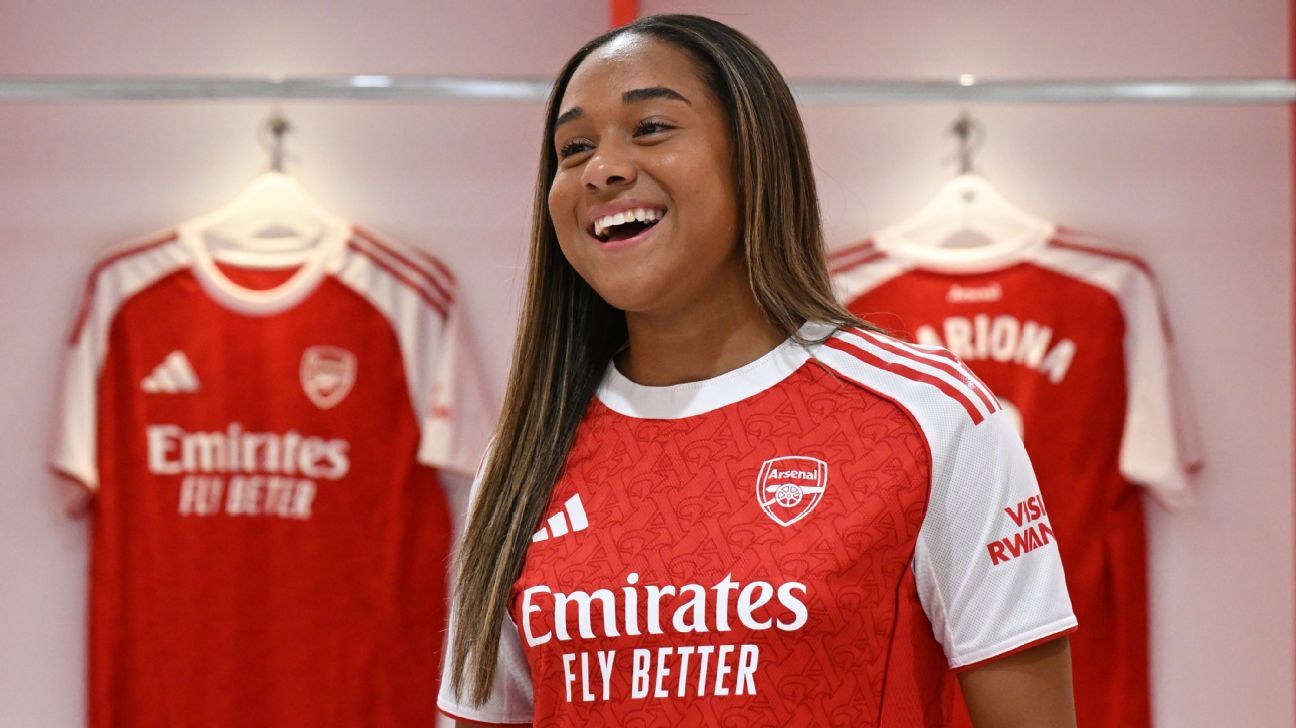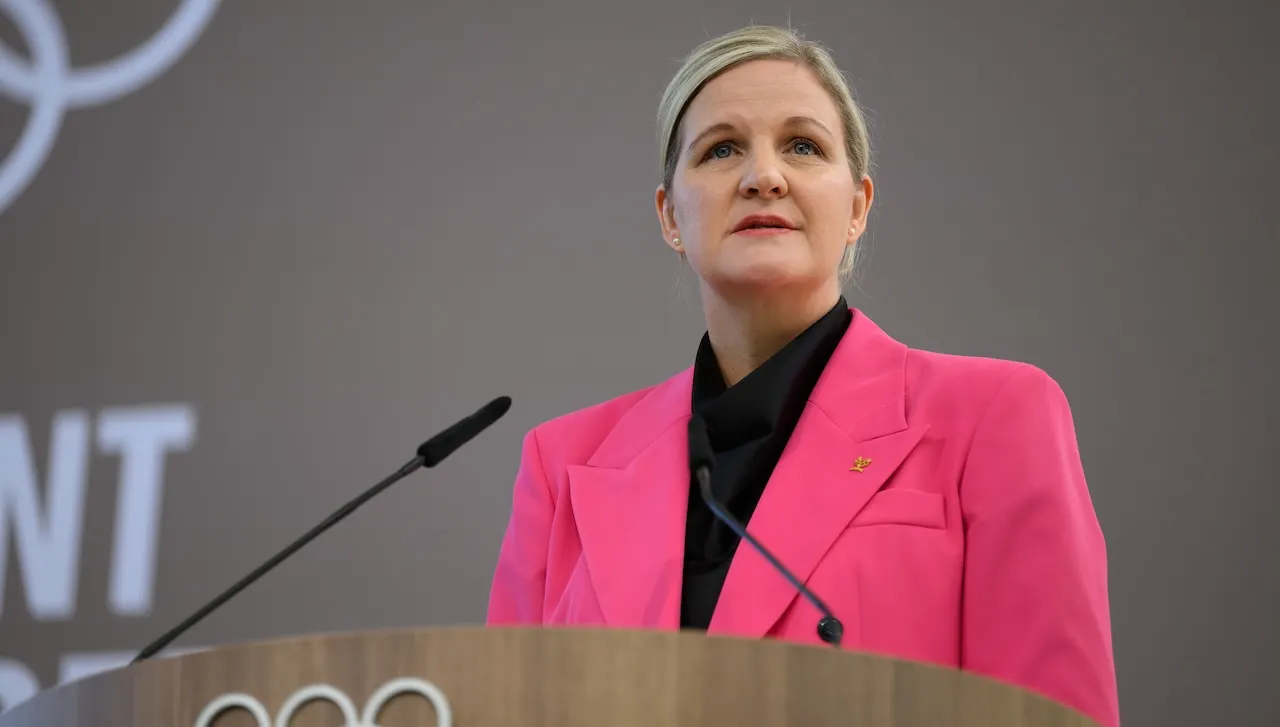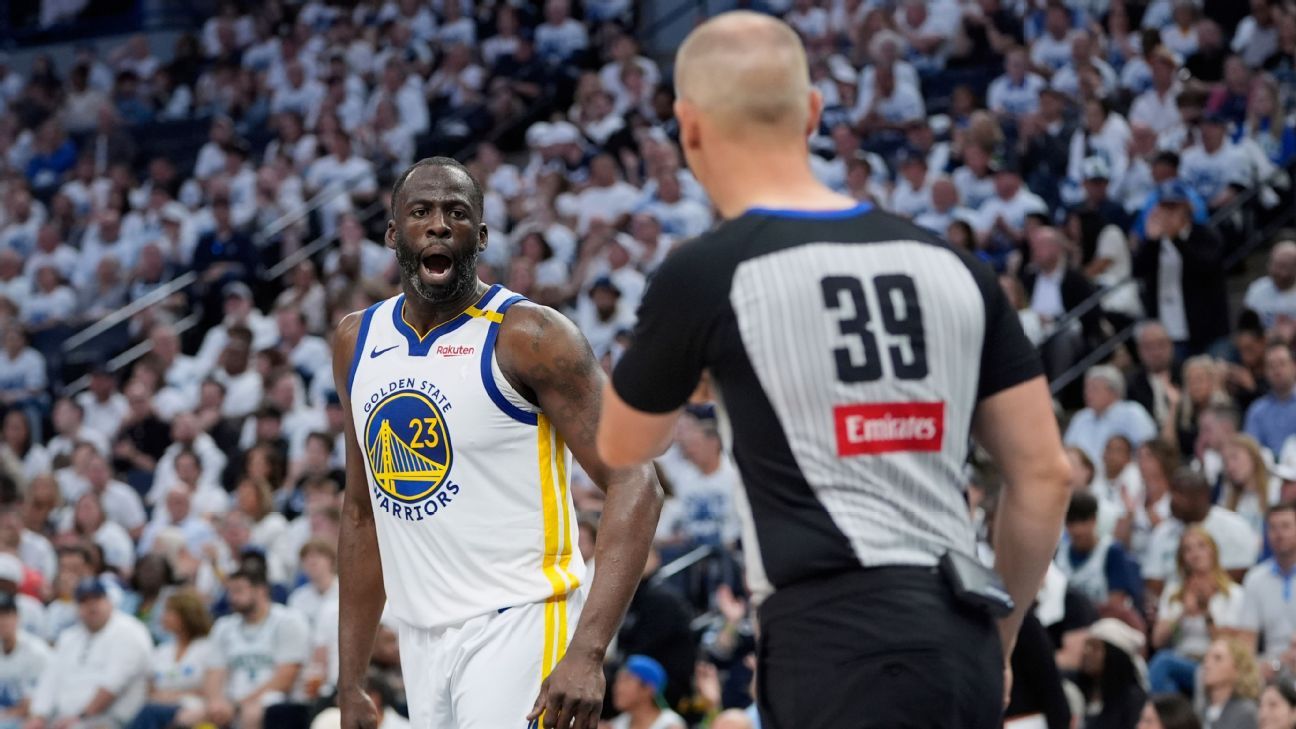Arsenal have announced the arrival of 20-year-old forward Olivia Smith from Liverpool for a women’s world-record transfer fee.
The Canada international is the first woman to break the £1 million barrier ($1.36 million), surpassing the previous record set by Chelsea’s £900,000 ($1.1 million) transfer of USWNT defender Naomi Girma in January, and the Gunners have added another player to their ranks since winning the UEFA Women’s Champions League in May after the signings of Chloe Kelly and Taylor Hinds.
In 2019, Smith made headlines by becoming the youngest senior Canada international at 15 years and 94 days. After moving from North Toronto Nitros, Smith’s breakthrough came for Sporting CP during her first professional season in 2023-24 as she scored 13 goals in 18 appearances.
– Thakur: Top women’s transfers so far: Katoto, Brand, Alber
– Keogh: Grading big summer signings in women’s soccer
In summer 2024, Liverpool signed her for a club-record fee of just over £200,000, and she scored seven times in 20 Women’s Super League appearances — almost a third of the club’s total goals last season.
Here is a look at why Arsenal decided to spend big to sign her.
What position does she play?
Smith is a right-footed winger who primarily operates on the right side; although, she is capable of playing through the middle as a central striker. During the 2024-25 season, she largely played as a part of a front two in Liverpool’s 3-5-2 formation, or as the right winger in their 4-2-3-1 setup.
Either way, she was awarded freedom to move around up front and often dropped deeper to receive the ball with her back to goal, before turning and running at her opponents.
What are her strengths?
Her primary strengths lie in her dribbling ability. She has a lot of speed, but also the ability to change direction instantly — choosing to head inside or outside equally well — which adds a layer of unpredictability to her game. Her close control in tight spaces and ability to bounce off challenges also makes her a nightmare to defend against.
Smith played for a Liverpool side that was direct in its buildup, which limited her time and touches on the ball, but she was excellent when in possession. The stat of “progressive carries per 100 open-play touches” gives you an idea of how frequently a player attempts to make a progressive carry, and the winger is in the top quartile for both attempted take-ons and normalized progressive carries among forwards.
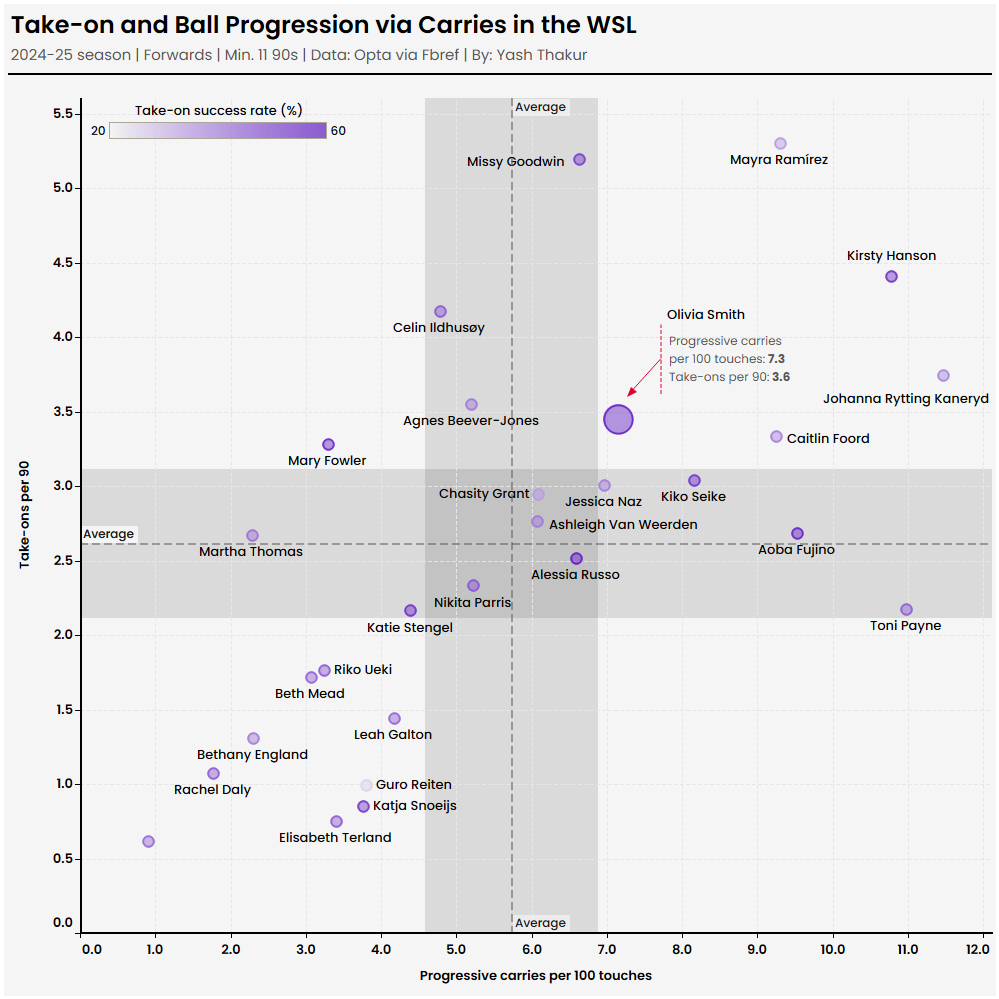
She is in good company alongside Chelsea duo of Johanna Rytting Kaneyrd and Mayra Ramírez, who are both known for their ball carrying, while she is also accompanied by her new Arsenal teammate Caitlin Foord. Indeed, Smith’s 3.6 attempted take-ons (with a 58% success rate) also put her in the top bracket and suggests some stylistic similarities with Foord, which bodes well for her adaptability.
Smith loves to shoot as well. While primarily right footed, she is good with both feet and took 49 shots last season, the joint-sixth highest by any player in the WSL. That’s some feat when you consider Liverpool’s general lack of shot-creating ability, and Smith often had to create chances for herself using her pace and skill to create space. Only Aston Villa duo Kirsty Hanson and Ebony Salmon, as well as Manchester City’s Kerolin, created more shots from take-ons (9) than Smith (8). And no player scored more of these opportunities than her (2).
Smith’s quick footedness and repertoire of skills make her difficult to read and allow her to draw fouls. Only West Ham’s Viviane Asseyi (51) won more fouls than Smith (46) in the WSL last season, and nine of those resulted in a shot attempt within the next two actions.
The youngster also has a knack of making a mark against big sides. She caused a lot of problems for Arsenal in their FA Cup quarterfinal tie and scored against Chelsea, Manchester United and Manchester City across all competitions last season.
What does she need to work on?
There are questions around how Smith will play in a more possession-dominant side. The winger played for a Liverpool side that averaged 47.4% possession last season and relied on opportunities in transition, often against unsettled defenses with yards of space to run into.
However, the Gunners averaged the second-highest possession in the WSL last season (62.5%) and constantly faced defenses set up in a low block with players behind the ball.
While Smith’s quick-footed nature is a major part of her dribbling armory, the lack of space in behind might hinder the impact of her overall dribbling, which could result in some unwanted turnovers and a slight drop in her dribble success rate.
How will Smith fit in with Arsenal’s tactical plan?
Renée Slegers retained some key aspects of Jonas Eidevall’s tactics after taking over from him in October, but she also added her own spin.
Under her guidance, Arsenal’s wingers are asked to move the ball up the pitch due to their direct ball carrying nature, especially since Chloe Kelly’s arrival, but are also trusted to shoot and cross the ball frequently.
Without the ball, though, they are expected to contribute to the team’s press and engage with the opposition backline in their own third. Smith fits like a glove in this philosophy; she is an active defender with a brilliant work rate and is always a key component of her side’s front-footed approach.
Only Arsenal’s Mariona Caldentey (24) made more tackles in the final third than the Liverpool starlet (20) last season. And, among forwards, only Manchester United’s Celin Bizet (98), Chelsea’s Kaneryd (90) and Asseyi (88) made more ball recoveries than Smith (77) last season.
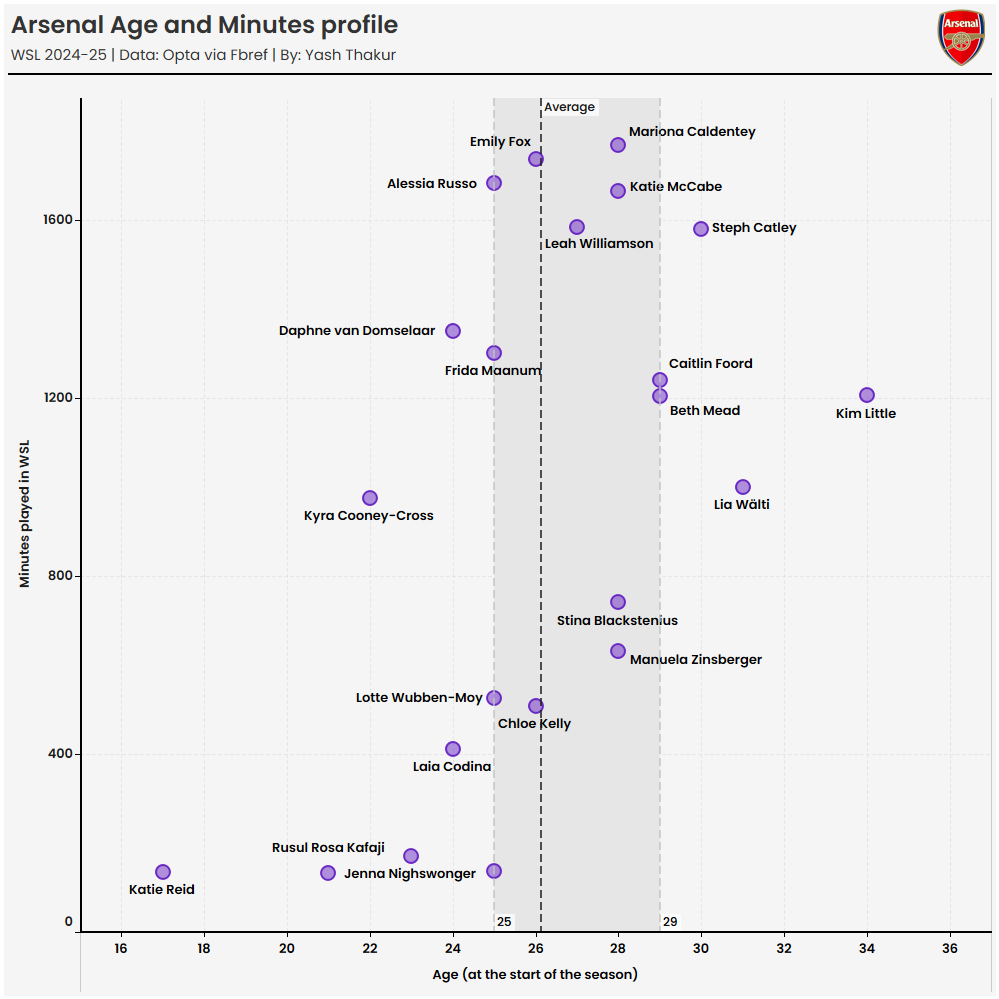
Why did Arsenal want her?
Aside from adding a young player of considerable quality, Arsenal had the second-oldest squad in the WSL last season (27.6 years of age), behind only Aston Villa (27.7). A lot of their important players, in terms of minutes played, are heading away from their peak, so Smith’s addition is an influx of youth. Indeed, she joins Kyra Cooney-Cross, Rosa Kafaji and Frida Maanum among the players who recently arrived at the club age 21 or younger.
At 20, she brings down the average age in attack, adding depth and should also be eligible for a homegrown slot in the next couple of seasons, which will help Arsenal with player registration.
While her world-record transfer fee might weigh heavy on her shoulders, Smith seems capable of carrying it and has already proven how effective she can be in the WSL.

